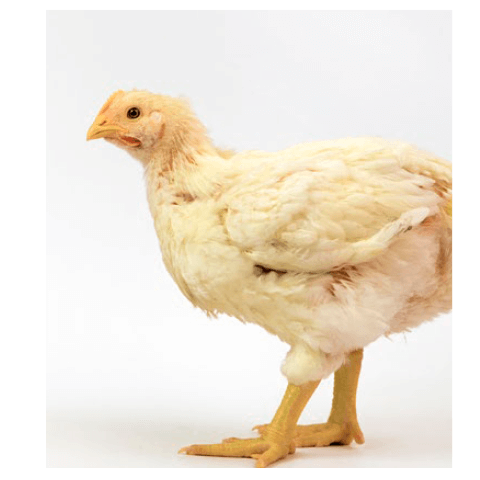OBJECTIVE
OBJECTIVE
Assumption that the use of adsorbents is one of the most effective strategies in the fight against mycotoxicosis, it is important for their efficacy to be tested using different methods of examination.
Adsorbent efficiency tests can be performed in:
 In vitro buffer systems.
In vitro buffer systems. 
 Ex vivo on parts of the gastrointestinal tract of animals.
Ex vivo on parts of the gastrointestinal tract of animals. 
 In controlled in vivo experiments on different animal species.
In controlled in vivo experiments on different animal species. 
Studies in in vitro buffer systems show a high degree of mycotoxin adsorption. However, the adsorption results obtained in such studies are usually different from those obtained in in vivo studies.
 The aim of this study was to evaluate the results of an everted broiler duodenum method for determining the efficacy of mycotoxin adsorbents in comparison to in vivo and standard in vitro methods.
The aim of this study was to evaluate the results of an everted broiler duodenum method for determining the efficacy of mycotoxin adsorbents in comparison to in vivo and standard in vitro methods.

MATERIALS & METHODS
MATERIALS & METHODS
Testing the efficacy of adsorbents through an everted duodenal model can be performed using the standard method (Wilson and Wiseman, 1954; Ji et al. 2006) for the inverted duodenum.
This method has been standardized for substances that are absorbed from the digestive tract through passive transport (such as OTA).

 In our study, the effectiveness of inorganic adsorbents was studied for the first time.
In our study, the effectiveness of inorganic adsorbents was studied for the first time.![]() Many authors investigating the efficacy of adsorbents against mycotoxins have concluded that the results of classical in vitro examination methods (in solution and without a biological membrane) are most often inconsistent with the results obtained in in vivo studies.
Many authors investigating the efficacy of adsorbents against mycotoxins have concluded that the results of classical in vitro examination methods (in solution and without a biological membrane) are most often inconsistent with the results obtained in in vivo studies.
This was the reason for using the already proven and reliable resorption examination method in the everted duodenum, modified for the duodenum of broilers, and applied in our research, for the first time, to evaluate the efficiency of adsorbents.

RESULTS
RESULTS
IN VITRO
Evaluation of the efficacy of the inorganic adsorbent modified with an organic cation in an in vitro system showed that the percentage of adsorption, in the presence of 2 μg/ml ochratoxin A (OTA) and 100 mg of adsorbent, was 80.86%.
EVERTED DUODENUM
The adsorption efficiency studies on the everted duodenum of broilers showed a lower percentage of adsorption (45.75%).
IN VIVO
In in vivo studies performed on 1 day-old broilers fed 2 mg OTA /kg feed for 3 weeks with and without the adsorbent, found that the level of chest muscle residues in broilers fed 2 mg / kg of OTA and 0.2 % of the tested adsorbent was 48.24% lower than in the group that only received the toxin without the adsorbent.

| The results of the examination of OTA adsorption, using the everted duodenum method were easier to compare with the results of adsorption efficacy in in vivo as opposed to the standard methods of adsorbent efficacy in vitro. |
CONCLUSION
CONCLUSION
The results obtained show that studies of adsorption using everted broiler duodenum give similar efficacy results in in vivo studies and adsorption percentage in the in vitro system.

Authors
Jelena Nedeljkovic-Trailovic1, B. Petrujkic1 and L. Trailovic2
1Department of Nutrition, University of Belgrade, Serbia
2Dentistry School, University of Belgrade, Serbia
References
The World Mycotoxin Forum – WMFmeetsAsia – 13-15 January 2020, Bangkok




 Micotoxicosis prevention
Micotoxicosis prevention